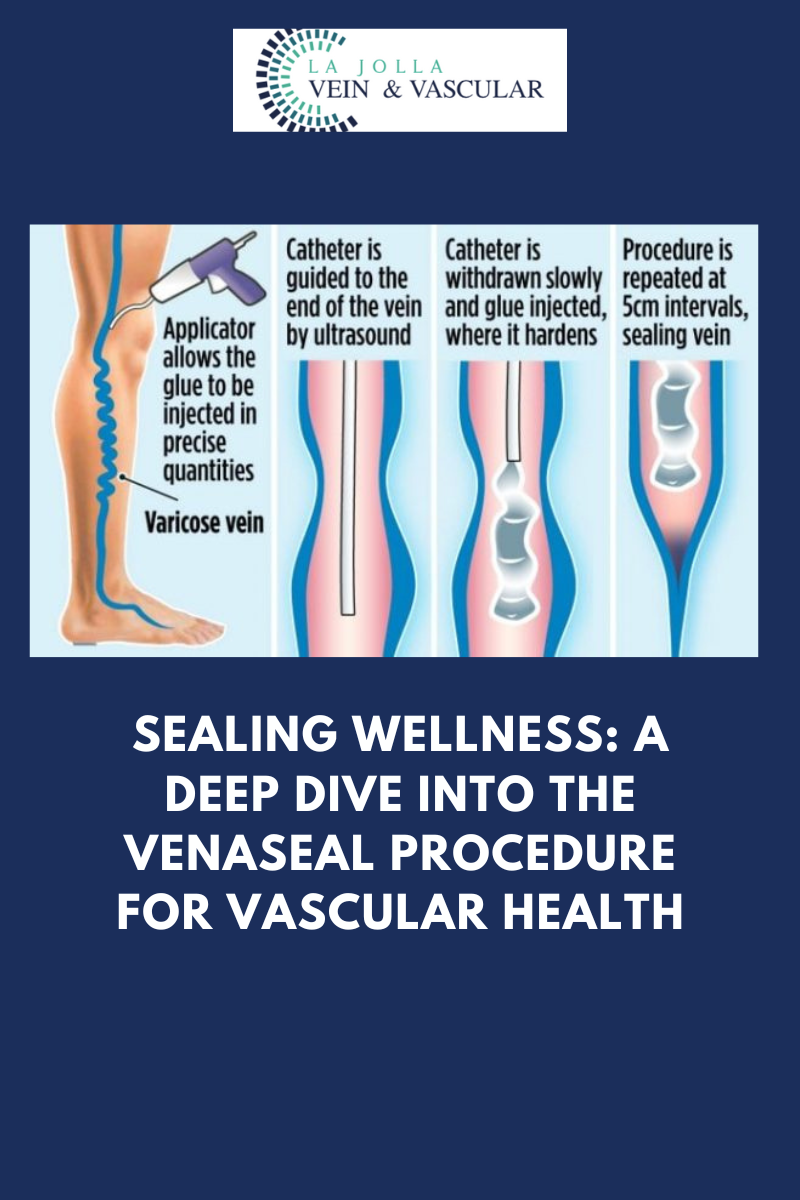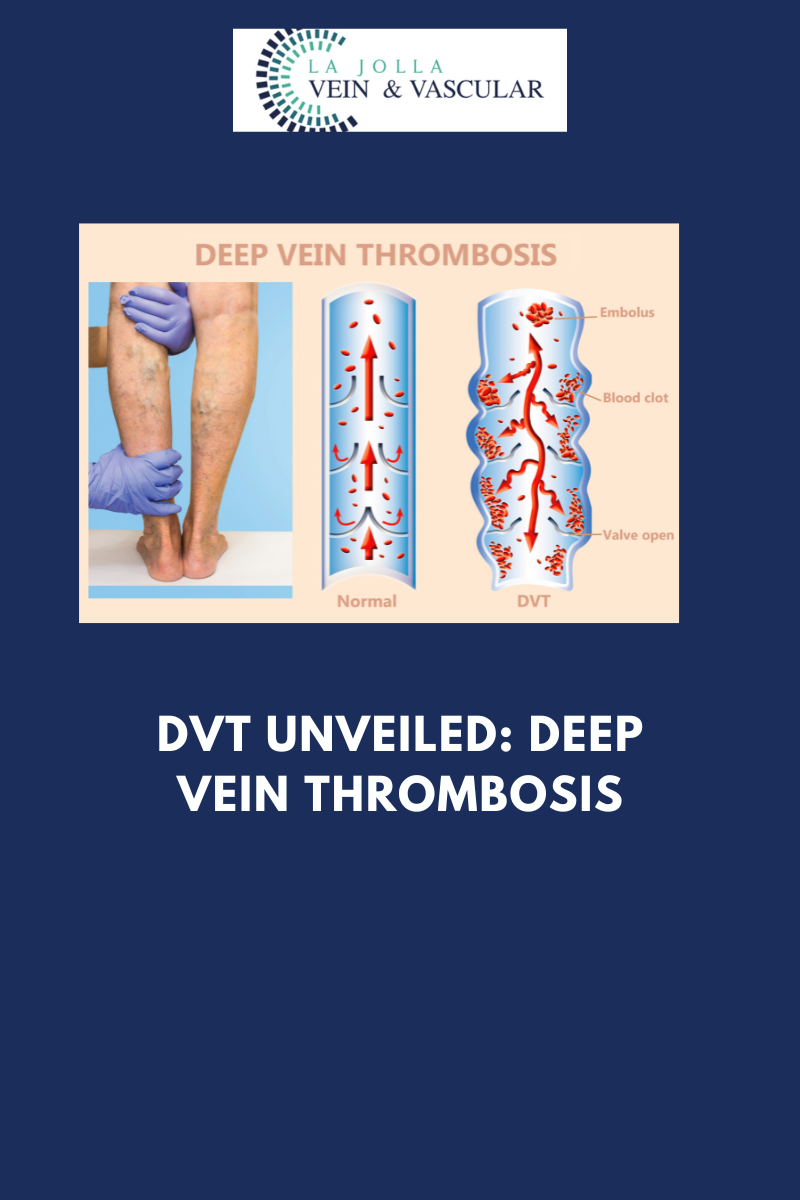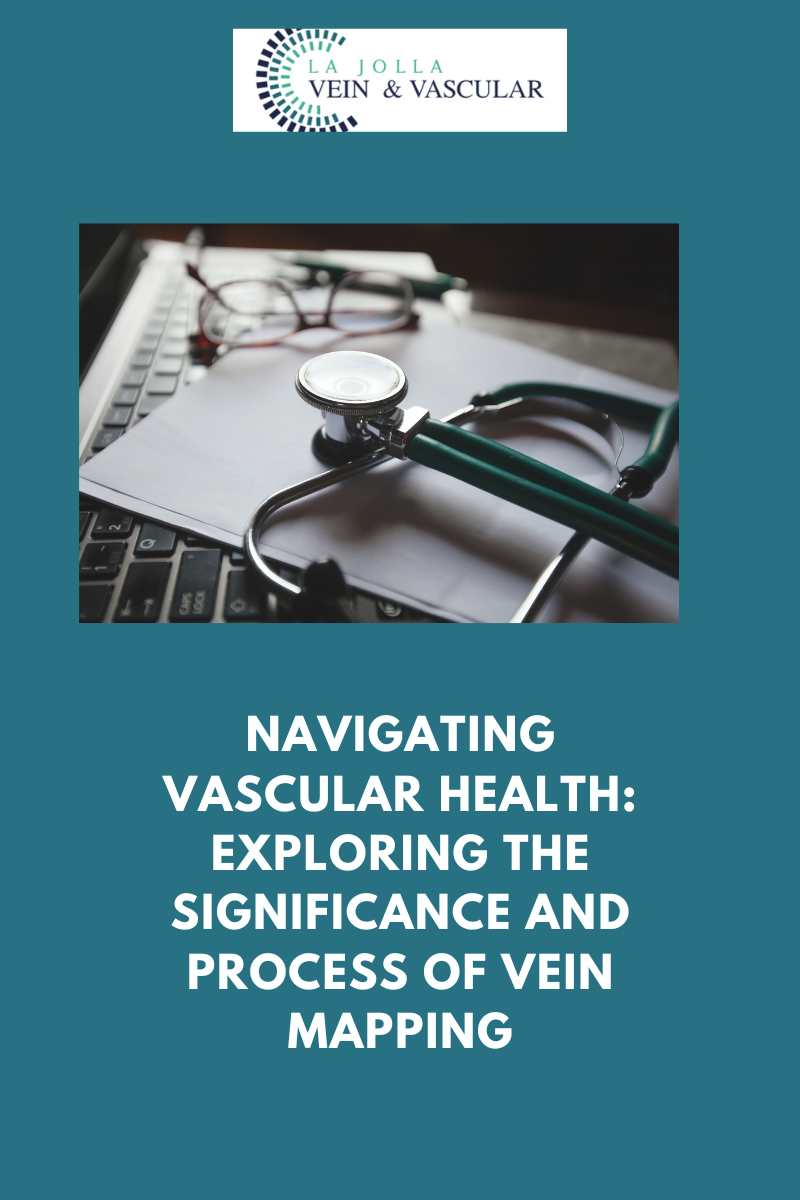What is Peripheral Arterial Disease (PAD)

Peripheral artery disease is a subset of vascular disease,also referred to as peripheral arterial disease (PAD), which develops when excessive plaque buildup on the artery walls causing the narrowing of the arteries.
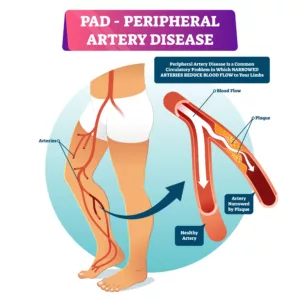
The arteries deliver oxygen-rich blood from the heart to other parts of the body. When plaque builds up, it usually restricts the flow of blood, oxygen, and glucose. The obstruction causes pain in the leg as the muscles and tissues are starved for oxygen and other nutrients from the blood. While the pain usually occurs in your legs primarily, it can also be felt in other parts of the body, including your arms, stomach, hip, head, and kidneys.
Are You at Risk for Peripheral Arterial Disease (PAD)?
In most cases, the PAD symptoms are on the lower extremities. You may experience some pain, craping, or tiredness in your hip or leg muscles when climbing stairs or walking. However, the pain usually goes away with rest, only to resurface when you start walking again. Individuals suffering from peripheral arterial disease are at a high risk of coronary artery disease, stroke, or heart attack. Even worse, if left untreated, the condition can lead to gangrene and amputation.
Peripheral Arterial Disease – Symptoms
The most common symptom of Peripheral arterial disease is claudication. The fat and cholesterol build up on the artery walls cause a lack of blood flow, causing a condition referred to as ischemia. Ischemia is a condition that results when there is a greater demand for oxygen than the supply.
Claudication is a condition that causes cramping in the legs and buttocks. As mentioned, the pain and clamping flares up when you start to walk and subsides when you rest. Intermittent claudication affects about 50 percent of individuals suffering from peripheral artery disease. Some of the other common symptoms include loss of hair around the ankles, numbness or coldness in your feet.
Pain and cramping while walking may lead to a more sedentary lifestyle, meaning that the individual will burn few calories and add weight. An increase in weight also increases cholesterol, blood pressure, and other heart disease risk factors. The claudication severity often varies from mild discomfort to debilitating pain, making it hard for you to walk or perform other types of physical activities.
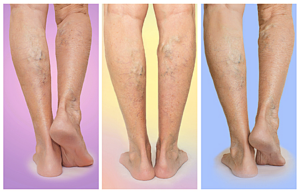
Other common symptoms of the peripheral arterial disease include;
- In extreme cases, an open wound or ulcer occurs on your toes or feet. These extreme cases lead to non-healing ulcers. The ulcer can progress to gangrene, making it hard for you to walk. In such a scenario, immediate medical attention is necessary.
- Weakness or numbness in your legs
- Coldness in your lower feet, especially when you find one foot is colder than the other one.
- Experiencing pain in your feet or toes while you are resting
- Sores on the legs, feet, and toes that do not heal
- Slower toenails growth
- Change in the color of your feet
- Erectile dysfunction in men can be treated by prostate arterial embolization (PAE), which also treats benign prostatic hyperplasia (BPH)
- Weak pulse in your feet or legs
- Developing shiny skin on your legs
- Having pain in your arms, especially when writing, knitting, or performing manual tasks
As the peripheral disease progresses, you may start to experience pain even when you are lying down. In extreme cases, the pain becomes intense enough to distract your sleep. Resting your legs by hanging them at your bed edge or walking around the room helps stimulate blood flow, relieving the pain temporarily.

